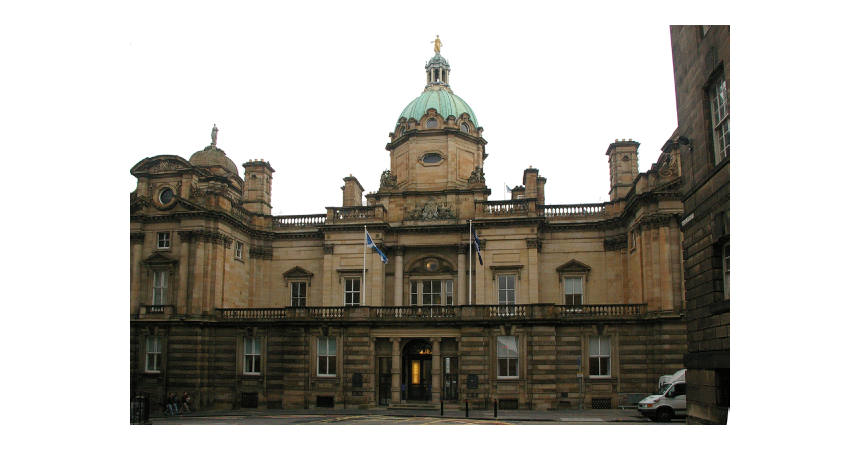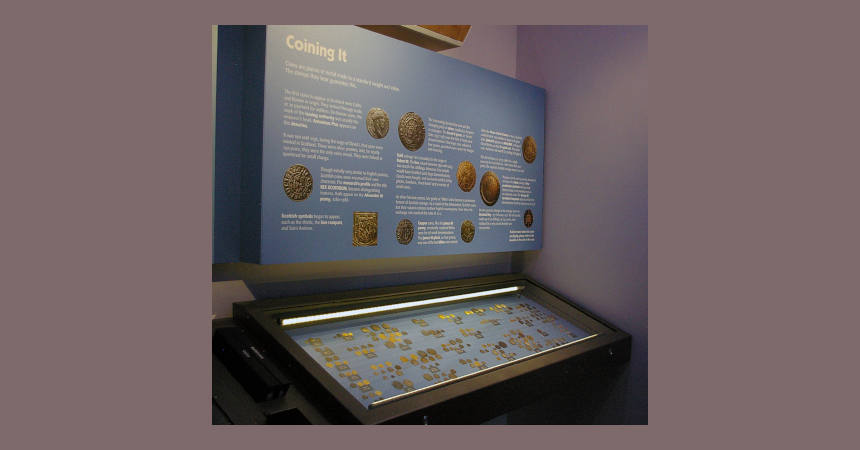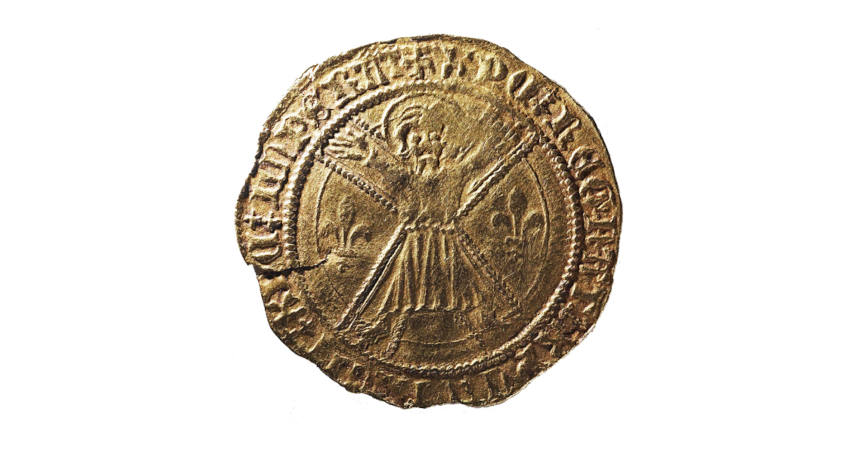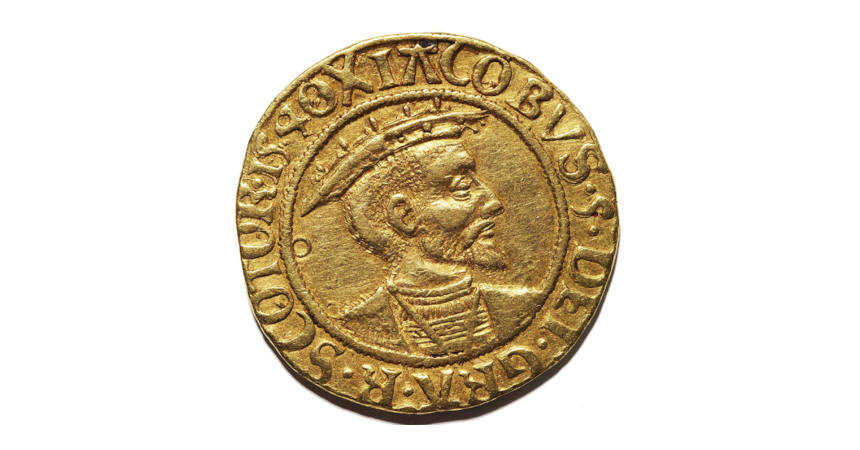Museum on the Mound
Wenn es kein Logo gibt, wird diese Spalte einfach leer gelassen. Das Bild oben bitte löschen.
(Dieser Text wird nicht dargestellt.)
The Mound
Edinburgh EH1 1YZ
Tel: +44 (0)131 243 5464
The Museum on the Mound, which opened in 2006, is located on the ground floor of the iconic headquarters building of what was once the Bank of Scotland in the New Town area of Edinburgh. Prior to being part of the Lloyds Banking Group in 2009, the Museum was the HBOS Museum on the Mound.
Multiple Galleries
The Museum has five main galleries:
- A Bank for Scotland. This gallery explores the origins of the Bank of Scotland from 1695 and the development of banking within Scotland. The Bank of Scotland was involved in several mergers and acquisitions with different banks, such as the British Linen Bank and in 2001 merged with the Halifax Bank to form HBOS. On January 19, 2009, the Bank formed a key part of the Lloyds Banking Group, following the acquisition of HBOS.
- The Bank on the Mound. This gallery details the history of the iconic building which houses the Museum. The Mound, aka Geordie Boyd’s Mud Brig, is a man-made hill created from earth of the city’s New Town foundation. The Bank’s directors purchased the site in 1800 at a cost of £3,500.
Over a period of 200 years the building has been enlarged and adapted to meet the bank’s growing business and changing need. The iconic building of the Museum on the Mound appears on every Bank of Scotland banknote in circulation today.
- Money Matters. All of these galleries feature coins and/or banknotes to help tell the Bank’s stories, but the main coins and banknotes displays are in the central Money Matters gallery. There is a small selection of coins from Lydia, Greece, Persia and Rome, and Scottish and British coins showing every monarch’s reign from David I (1123-1153) to Elizabeth II (1952-). There is also a display showing the manufacture of coins from early hammered, through mill and screw to the 2004 Forth Bridge £1-coin. This includes artist Edwina Ellis’ original lino cut of the artwork for the Forth Bridge design, and a selection of dies courtesy of the Royal Mint.
Scottish Notes From 1716
There are displays relating to the design and manufacture of banknotes, a study case showing examples of Scottish banknotes from 1716 to the present and some fascinating forgery cases. The Museum has study guides available which provide detailed information on every coin and banknote on display throughout the galleries.
In the past, coins were made from precious metals and weighing them was an important measure, or test, of their value. However, today’s coins have only a token value but are minted with such precision that their weight can be used to determine whether or not they are genuine. Knowing the exact weight of coins serves another purpose. When they need to be counted in large quantities, they can be weighed en masse.
- Buying Security. This gallery explains the origins of both Building and Life Assurance Societies.
- Making It Work. Here is a look at the changing world of work and leisure for the people employed by the bank over the years. Throughout the year there are special and temporary exhibits. As an example, a 2008 exhibition titled, “Faking It,” was devoted to banknote forgery. Drawing on material from the Bank’s own collections, the exhibition looked at forgers and forgeries over three centuries.
This text was written by Howard M. Berlin and first published in his book Numismatourist in 2014.
You can order his numismatic guidebook at Amazon.










